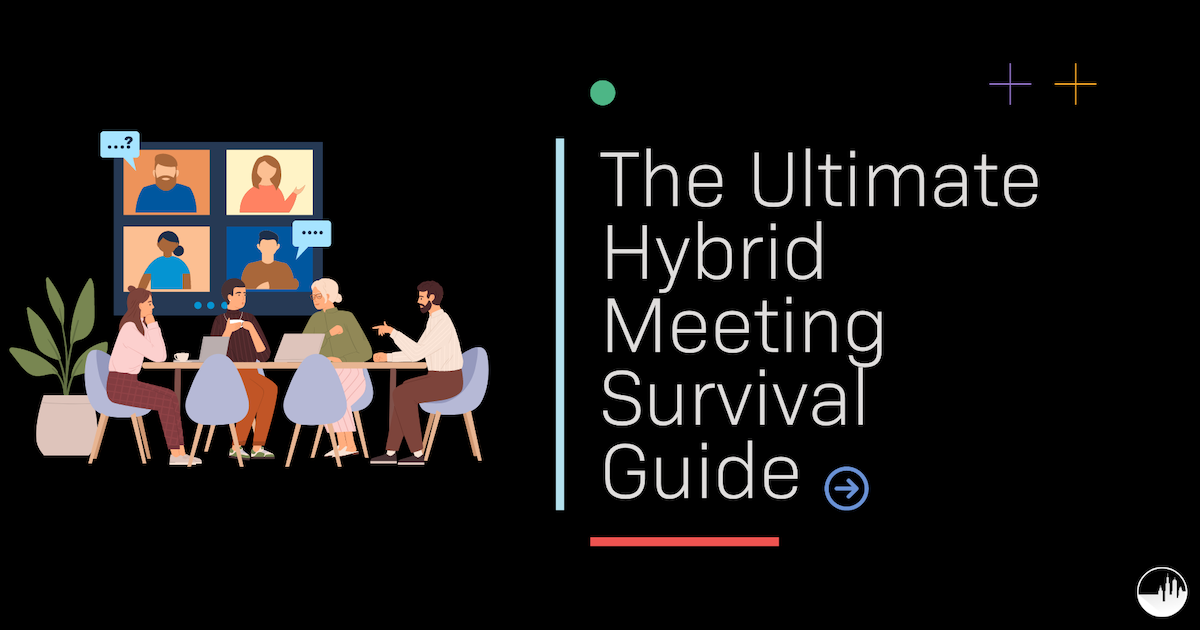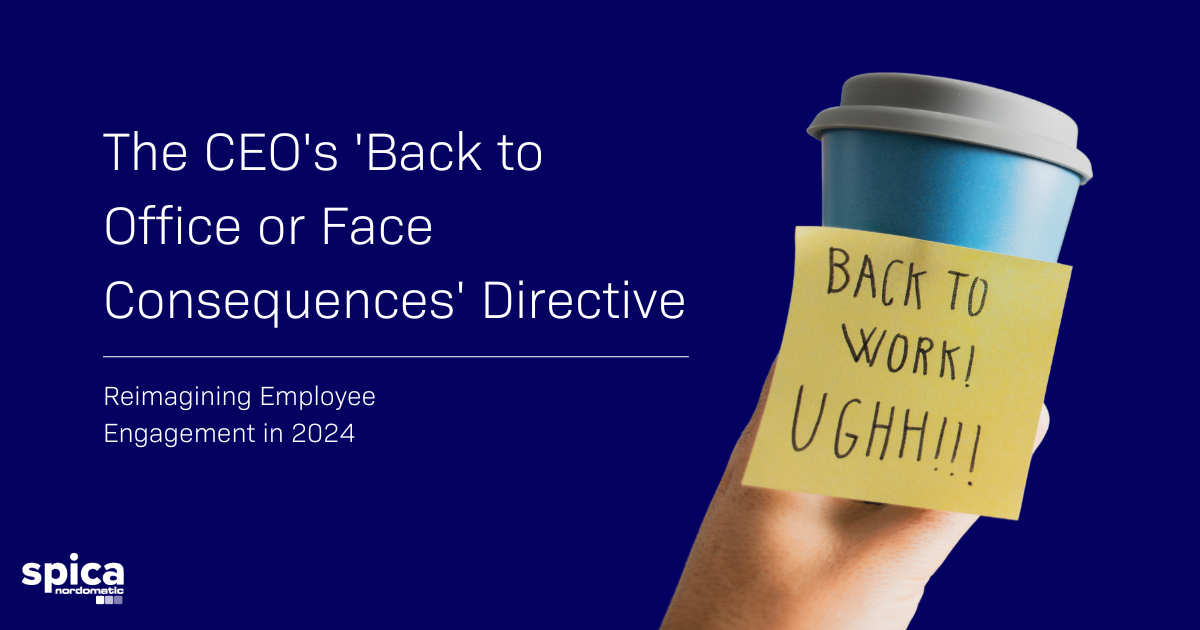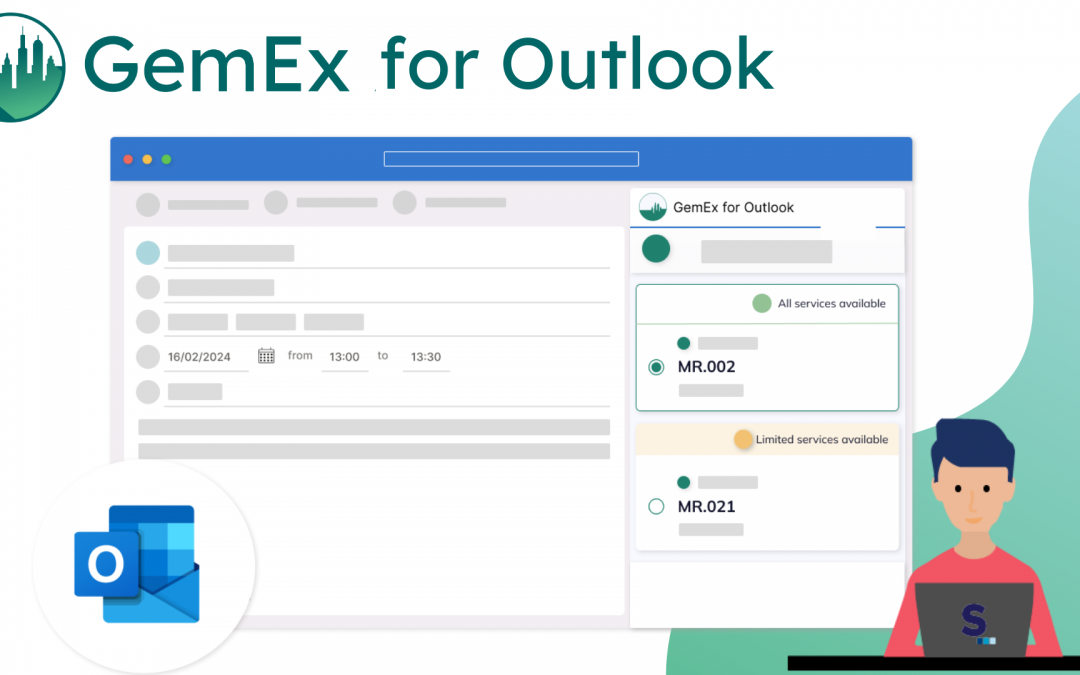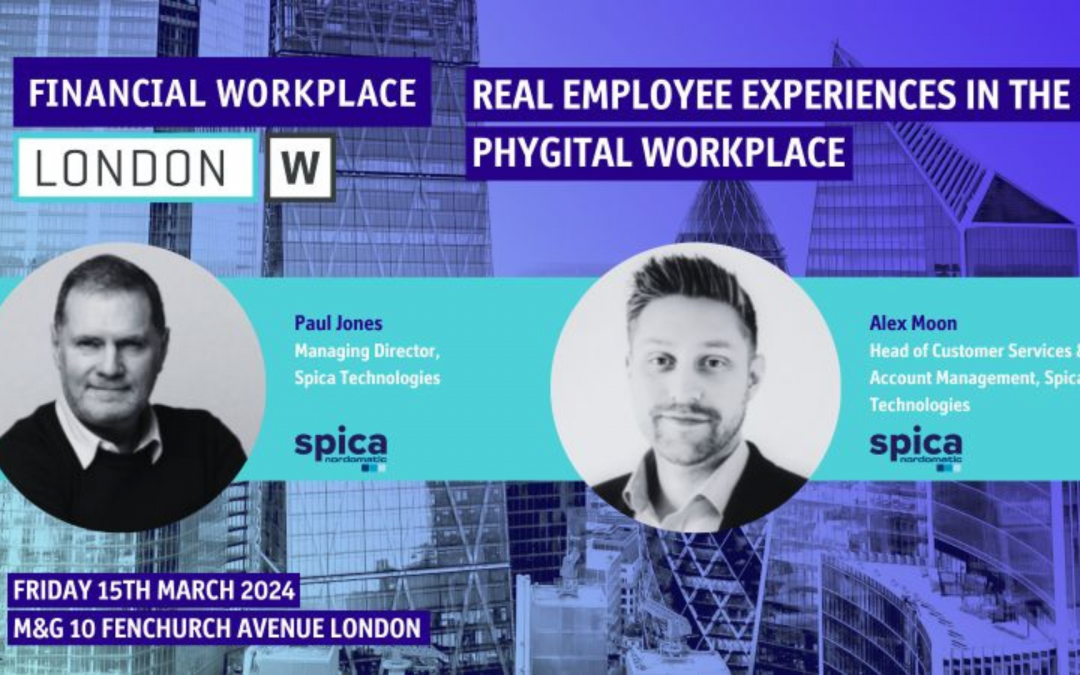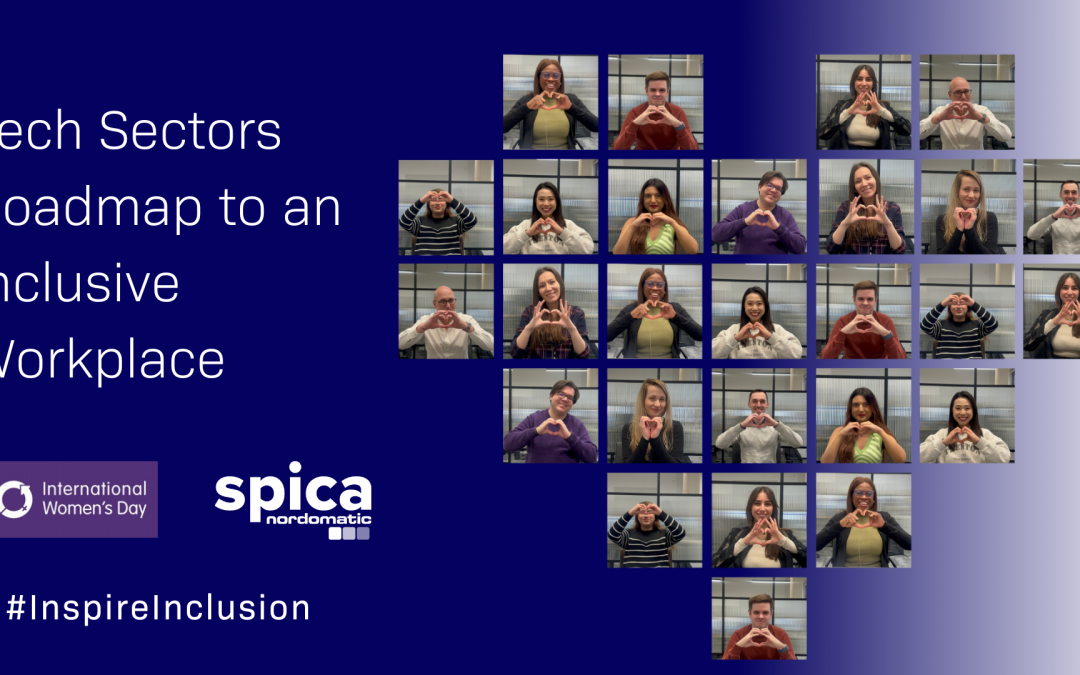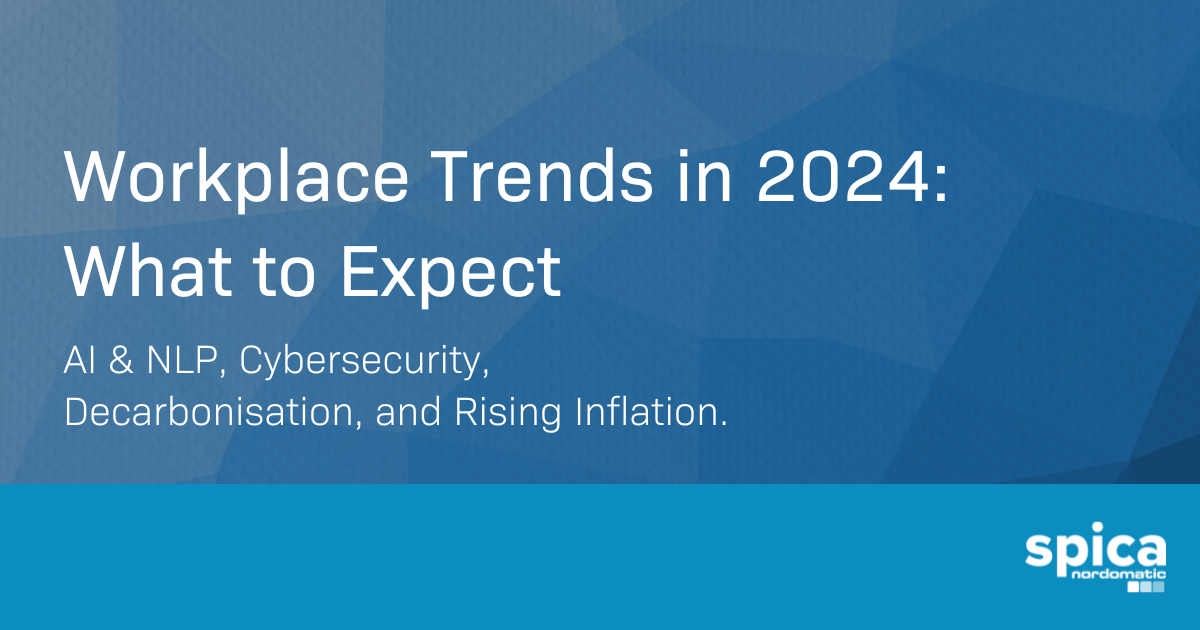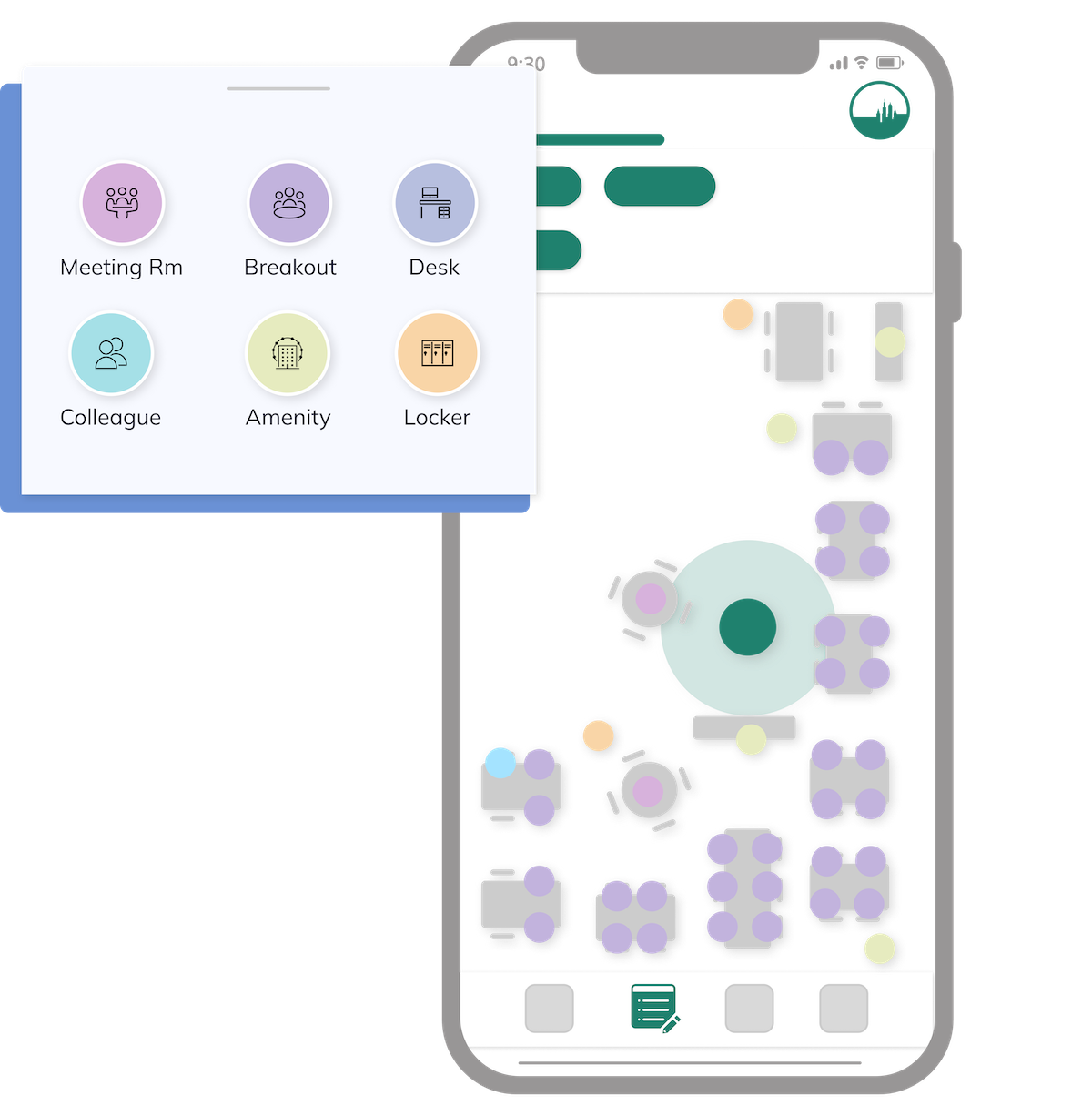Flexibility and choice are two of the most popular trends we’re seeing again and again at workplace events and within our customers’ offices. This is part of the ongoing shift in the workplace from an efficiency mindset to one of engagement and enablement. It’s not without good cause, the top performing workplaces identified by Leesman in their 2018 report all excelled in making available a wide variety of spaces for their employees to utilise, including break out areas, pods and more casual spaces.
This supports employees with complex work profiles who can choose the right space that works for them and can bring real benefits in terms of productivity and engagement, it’s often referred to as Activity Based Working. But providing these spaces is only the first step, to ensure adoption of these new facilities, we should ensure they are accessible and helpful as well as culturally accepted. At Spica we follow a monitor – analyse – intervene approach, we can gather hard data on the effective use of this space using sensors and employee feedback, perform detailed analysis in our platform and signpost availability to staff in apps and kiosks. Then by making evidence-based change we can fuel ongoing incremental improvement.
Starting with monitor brings an immediate question, just how do we effectively capture data on how these flexible spaces are used when the layout, facilities and usage can change even in a single day?
We decided to look at some new, intelligent tech to address this and began a partnership with PointGrab, integrating with their CogniPoint system. This is a smart device that can detect each individual within a space and uses edge analytics to protect privacy.
Now I’m always excited to get my hands on new tech and the first thing we did was configure a few devices in our offices to evaluate them for ourselves. We did comparisons with some of our existing PIR based sensors and manual checks, looking at desk monitoring and footfall we found:
- Very high levels of accuracy.
- The effort put into configuring the individual devices was important and worth the time as it’s a critical step in getting accurate data.
- At desks we could fool the PIR sensor by remaining unnaturally still, but not the PointGrab sensor.
- The edge analytics automatically excluded people just walking past but could pick up people sitting further away from their desk, for even more accurate findings.
Where PointGrab really excelled though was in the difficult area of monitoring these flexible working spaces. While PIR sensing is a reliable, low-cost solution for desk monitoring, in places like break out areas it can only tell us that the space is in use or not. With PointGrab we know exactly how many people are there and it doesn’t matter if the space is rearranged: pull up an extra chair, move the table out the way, share a screen, it makes no difference.
So now we’re confident we’re capturing data at a high fidelity, into the analyse phase. In our own offices we found a few interesting points:
- The breakout spaces are used just as much by individuals looking for a context switch as they are for informal meetings.
- The meetings we did have here tended to be shorter than when using our formal meeting rooms.
- Everyone who used a breakout space, also utilised a desk on the same day, normally spending more time on average at the desk than the informal space.
- One type of breakout space was barely used compared to the others and staff feedback is that the furniture is not as comfortable.
- There wasn’t a common demographic for who used the different types of space, although individuals had clear preferences.
Finally to intervene, well firstly I should probably go furniture shopping for better armchairs. We’re also making sure that each breakout space has power points and a table surface so its context of use can easily switch between meeting, work station and social space as our employees need.
Now the cycle begins again and we’ll return to the monitor phase to track the success of these changes.
We’ve already installed these same PointGrab sensors in a live customer environment monitoring a selection of flexible working spaces and I’m looking forward to helping them gain similar insights.
Get in touch if you’re interested in monitoring, analysing and improving the usage of your workplace.






